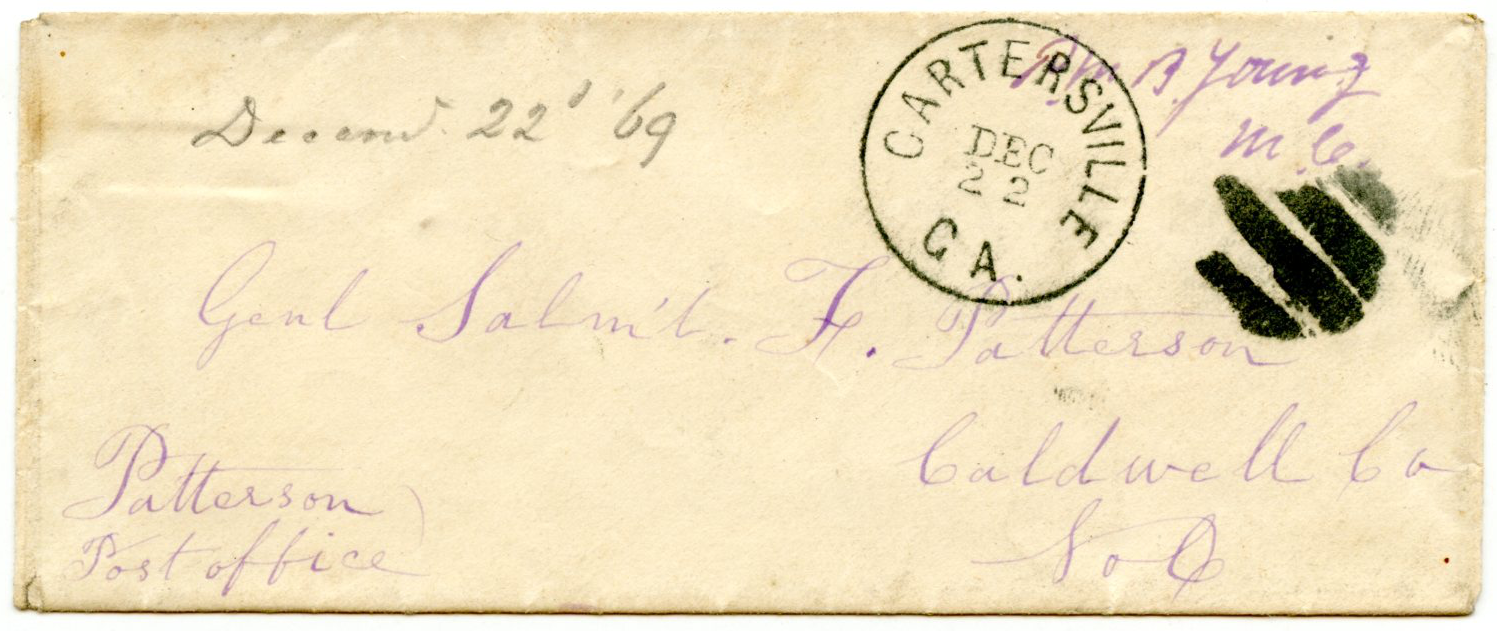Civil War
 STOUGHTON, WILLIAM LEWIS (1827-88) Union Brevet Major General; Colonel of the 11th Michigan Infantry; U.S Representative – Michigan – 1869-73
STOUGHTON, WILLIAM LEWIS (1827-88) Union Brevet Major General; Colonel of the 11th Michigan Infantry; U.S Representative – Michigan – 1869-73

Signature, as U.S. Representative, “Wm. L. Stoughton, M[ember] C[ongress],” on a 1 ¼” x 3 ¾” lightly and evenly toned portion of an album page.
 STUART, JAMES EWELL BROWN “Jeb” (1833-1864) Confederate Major General - Virginia; Mortally wounded at the Battle of Yellow Tavern, Virginia – May 11, 1864
STUART, JAMES EWELL BROWN “Jeb” (1833-1864) Confederate Major General - Virginia; Mortally wounded at the Battle of Yellow Tavern, Virginia – May 11, 1864
 9167-100.png)
 9167-100.png)
Civil War-Date
Signed Postal Cover, 3 ¼” x 5 ¼”, homemade from a printed 1862 Confederate military document, addressed to his wife, “Mrs. Flora Stuart, H[ea]d Q[uarte]rs Cav[alry] Div[isio]n, Army N[orthern] V[irgini]a.” Also signed at the upper left corner by Confederate Colonel and Aide-de-Camp Samuel Bassett French.
Front and reverse portions are detached, from heavy wear at the edges; several chips and tears at the edges affect none of the text.
 THAYER, JOHN MILTON (1820-1906) Union Brigadier General; U.S. Senator – Nebraska – 1867-71; Governor of Wyoming Territory – 1875-78; Governor of Nebraska – 1887-92; Veteran of the 1850s Indian Wars
THAYER, JOHN MILTON (1820-1906) Union Brigadier General; U.S. Senator – Nebraska – 1867-71; Governor of Wyoming Territory – 1875-78; Governor of Nebraska – 1887-92; Veteran of the 1850s Indian Wars

Signature, “John M. Thayer, Nebraska,” an enormous example as U.S. Senator on a 4 ½” x 7” album page.
Excellent, with light, even toning.
THOMAS, GEORGE HENRY (1816-70) Union Major General during the American Civil War, known as the “Rock of Chickamauga”; Veteran of the Mexican War
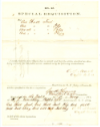
Civil War-Date Document Signed, 7 ¾” x 10”, partly printed, “Geo[rge] H. Thomas, Maj[or] Gen[era]l U[nited] S[tates] V[olunteers], Received in the Field the 10[th] of May, 1862…,” a requisition for a tent and tent supplies; countersigned by Captain Oscar Addison Mack of the 13th U.S. Infantry, a New Hampshire native who died on October 22, 1876.
Lightly and evenly toned, with a few scattered stains and the expected horizontal creases.
VANDEVER, WILLIAM (1817-93) Union Brevet Major General; Colonel of the 9th Iowa Volunteer Infantry; U.S. Representative – Iowa – 1859-61; U.S. Representative – California – 1887-91

Signature, “Wm. Vandever, Iowa,” as U.S. Representative, on a 1 ¾” x 4 ¾” portion of an album page.
Lightly and evenly toned.
 VON STEINWEHR, ADOLPH WILHELM (1822-77) German-born Union General – New York; Namesake of a major highway through the Gettysburg, Pennsylvania Battlefield
VON STEINWEHR, ADOLPH WILHELM (1822-77) German-born Union General – New York; Namesake of a major highway through the Gettysburg, Pennsylvania Battlefield
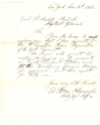
Civil War-Date
Autograph Letter Signed, 7 ¾” x 9 ¾”, as early-war colonel of the 29th New York Volunteer Infantry, informing the New York adjutant general of an appointment.
“New York, June 4th 1861.
Gen[e]r[a]l S. Meredith Read, Jr., Adjutant General.
Sir,
I have the honor to inform you, that I have appointed Mr. Wm. Livingstone Rogers Paymaster of the 29th Regiment.
Mr. Rogers will present two sureties, recognizing in the amount of Twenty Thousand Dollars each, to his Excellency, Governor Morgan, for approval, and then report for duty.
Your very ob[e]d[ien]t Servant,
Col[onel] A. von Steinwehr,
Com[man]d[in]g 29th Reg[imen]t.”
Lightly and evenly toned, with the usual folds and light creases; paper loss at the lower left corner, well away from all text.
 WADE, JAMES FRANKLIN (1843-1921) Union Brevet Brigadier General; Colonel of the 6th U.S. Colored Cavalry; Postbellum service commanding the 9th & 10th U.S. Cavalries, “Buffalo Soldiers”; U.S. Major General - Spanish-American War
WADE, JAMES FRANKLIN (1843-1921) Union Brevet Brigadier General; Colonel of the 6th U.S. Colored Cavalry; Postbellum service commanding the 9th & 10th U.S. Cavalries, “Buffalo Soldiers”; U.S. Major General - Spanish-American War

Signed Card, 2 ¼” x 4”, with rank, “J.F.Wade, Brig[adier] Gen[era]l U.S.A.”
Excellent, with light, even toning.
 WARREN, FITZ-HENRY (1816-78) Union Brigadier General; Colonel of the 1st Iowa Volunteer Cavalry; U.S. Minister to Guatemala – 1867-69
WARREN, FITZ-HENRY (1816-78) Union Brigadier General; Colonel of the 1st Iowa Volunteer Cavalry; U.S. Minister to Guatemala – 1867-69

Signature, “Fitz Henry Warren,” on a 1” x 2 ½” portion of a document as “SECOND ASSISTANT POSTMASTER GENERAL.”
Affixed to larger backing.
 WEBSTER, JOSEPH DANA (1811-76) Union Brigadier General; Early-war service as chief of staff for General Ulysses S. Grant; Veteran of the Mexican War
WEBSTER, JOSEPH DANA (1811-76) Union Brigadier General; Early-war service as chief of staff for General Ulysses S. Grant; Veteran of the Mexican War

Signature & Rank, “J.D. Webster, B[rigadier] G[eneral],” on a 1” x 3” slip of lined paper.
Lightly and evenly toned, with old hinge remnants on the reverse.
 WHEELER, JOSEPH (1836-1906) Confederate Major General; U.S. Army Major General of Volunteers during the Spanish-American War; U.S. Representative – Alabama – 1881-83 & 1885-1900
WHEELER, JOSEPH (1836-1906) Confederate Major General; U.S. Army Major General of Volunteers during the Spanish-American War; U.S. Representative – Alabama – 1881-83 & 1885-1900
 9168-100.png)
 9168-100.png)
Document Signed, 7 ¾” x 12 ½”, March 15, 1879, Lawrence County, Alabama, “Jos. Wheeler,” a partly printed legal document; accomplished in a clerical hand and signed by Wheeler beneath.
Moderate toning and wear, with a few small holes along the usual horizontal folds; heavier staining at center; chipping and irregularity at the edges and corners.
 WHIPPLE, WILLIAM DENISON (1826-1902) Union Brigadier General during the American Civil War; Staff Officer for Generals George H. Thomas & William Tecumseh Sherman; Veteran of the Yuma & Navajo Wars
WHIPPLE, WILLIAM DENISON (1826-1902) Union Brigadier General during the American Civil War; Staff Officer for Generals George H. Thomas & William Tecumseh Sherman; Veteran of the Yuma & Navajo Wars
-100.png)
-100.png)
Signature & Rank, “William D. Whipple, B[re]v[e]t Maj[or] Gen[eral] U.S. Army,” on a 3 ½” x 5 ¾” album page, with the signature and rank of Union Brevet Brigadier General Joseph Walter Burke on the reverse: “J.W. Burke, Col[one]l 10th Ohio Inf[an]t[r]y & Brevet Brig[adier] Gen[era]l Vol[unteer]s.”
Lightly and evenly toned, with several light creases; chips and pinholes at the formerly bound edge.
WICKHAM, WILLIAMS CARTER (1820-88) Confederate Brigadier General; Colonel of the 4th Virginia Cavalry; Confederate Congressman – 1864-65
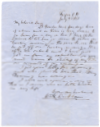
Leave of Absence for a 4th Virginia Cavalry Officer – Killed-in-Action just two weeks later at the Battle of First Bull Run
Civil War-Date Autograph Letter Signed, 7 ¾” x 9 ¾”. Writing to his wife from his northern Virginia headquarters just two weeks before the Battle of First Manassas, the opening major engagement of the American Civil War in the East, Wickham informs her of the leave of absence for an officer in the 4th Virginia Cavalry.
“Fairfax C[ourt] H[ouse] [Virginia], July 5th 1861. My beloved Lucy, L[ieutenan]t Bowles has a four days leave of absence and as Robin is very anxious to go home for a day or two I have determined to let him go down on tuesday morning. Be sure to see that he gets off on Tuesday morning. It is after ten o’clock and I have just got in from an expedition so you must excuse the shortness of my letter on account of my weariness. I got your letter this morning and was glad to hear that Mary Fanning was coming on. I will write again in a day or two. I never was in better health in my life. Your own husband, Wm. C. Wickham.”
The named officer, Boldman Bowles, here referred to in an informal first name, is quite possibly a family friend or neighbor in Hancock County, Virginia. Modern records, courtesy of Historical Data Systems, Inc., as follows: “Boldman Bowles. Residence was not listed; a 34 year-old farmer. Enlisted on 5/9/1861 at Ashland, VA as a 2nd Lieutenant. On 5/9/1861 he was commissioned into ‘H’ Co. VA 4th Cavalry. He was Killed on 7/21/1861 at Bull Run, VA (Shot in head).”
Overall condition is excellent, with minor separation at the edges of the expected folds; there are two tiny holes in the extreme lower margin, well away from all text.
WICKHAM, WILLIAMS CARTER (1820-88) Confederate Brigadier General; Colonel of the 4th Virginia Cavalry; Confederate Congressman – 1864-65
-100.png)
-100.png)
Civil War-Date Signed Envelope - Addressed to his Wife
Signed Envelope, 2 ¼” x 4 ¼”, “Wm. C. Wickham, L[ieutenan]t Col[onel] 4th V[irgini]a Cavalry,” a second partial signature being incorporated into Wickham’s address to his wife, “Mrs. Lucy P. Wickham, Hanover C[ourt] H[ouse], V[irgini]a.” With postal markings “Tudor Hall, V[irgini]a, Feb[ruary] 22, 1862,” and a “Due 5” hand stamp; there are several pencil dealer notations on both front and reverse.
Lightly and evenly toned, with the expected soiling and wear; slight fading of ink and lack of contrast in the manuscript portions, also quite commonly seen on similar war-date items.
YOUNG, PIERCE MANNING BUTLER (1836-96) Confederate Major General; Led a cavalry brigade under Wade Hampton and JEB Stuart in the Army of Northern Virginia; U.S. Representative – Georgia – 1868-75

Franked Envelope, 2” x 4 ¾”, in violet ink as U.S. Representative from Georgia, “P.M.B. Young, M[ember] C[ongress],” with the pencil notation “Decemb[e]r 22nd [18]69” in another hand in the upper left. Portions of a Cartersville, Georgia postmark of the same date intersect the first two letters of Young’s frank, and the envelope is addressed in an unidentified hand to prominent North Carolina politician Samuel Finley Patterson, 1799-1874.
Lightly and evenly toned, with somewhat heavier wear and soiling at the edges.

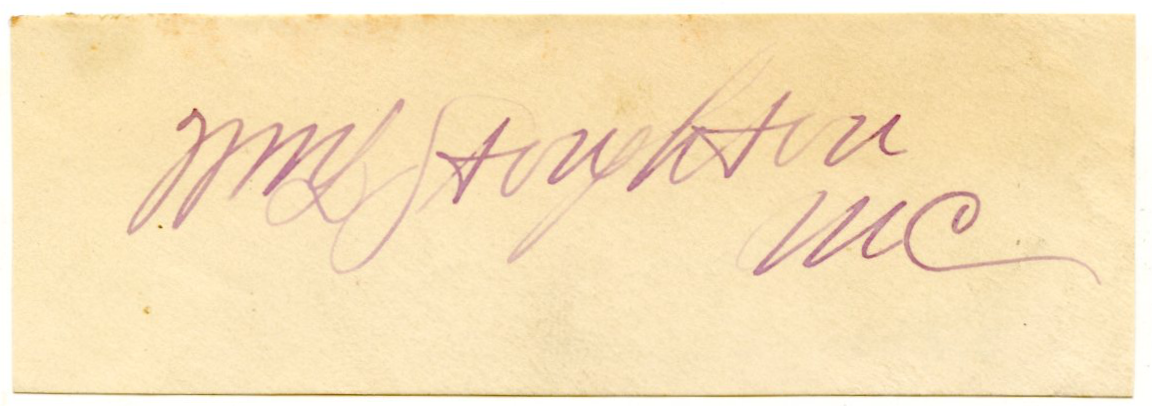
 9167-1737.png)
 9167-1755.png)
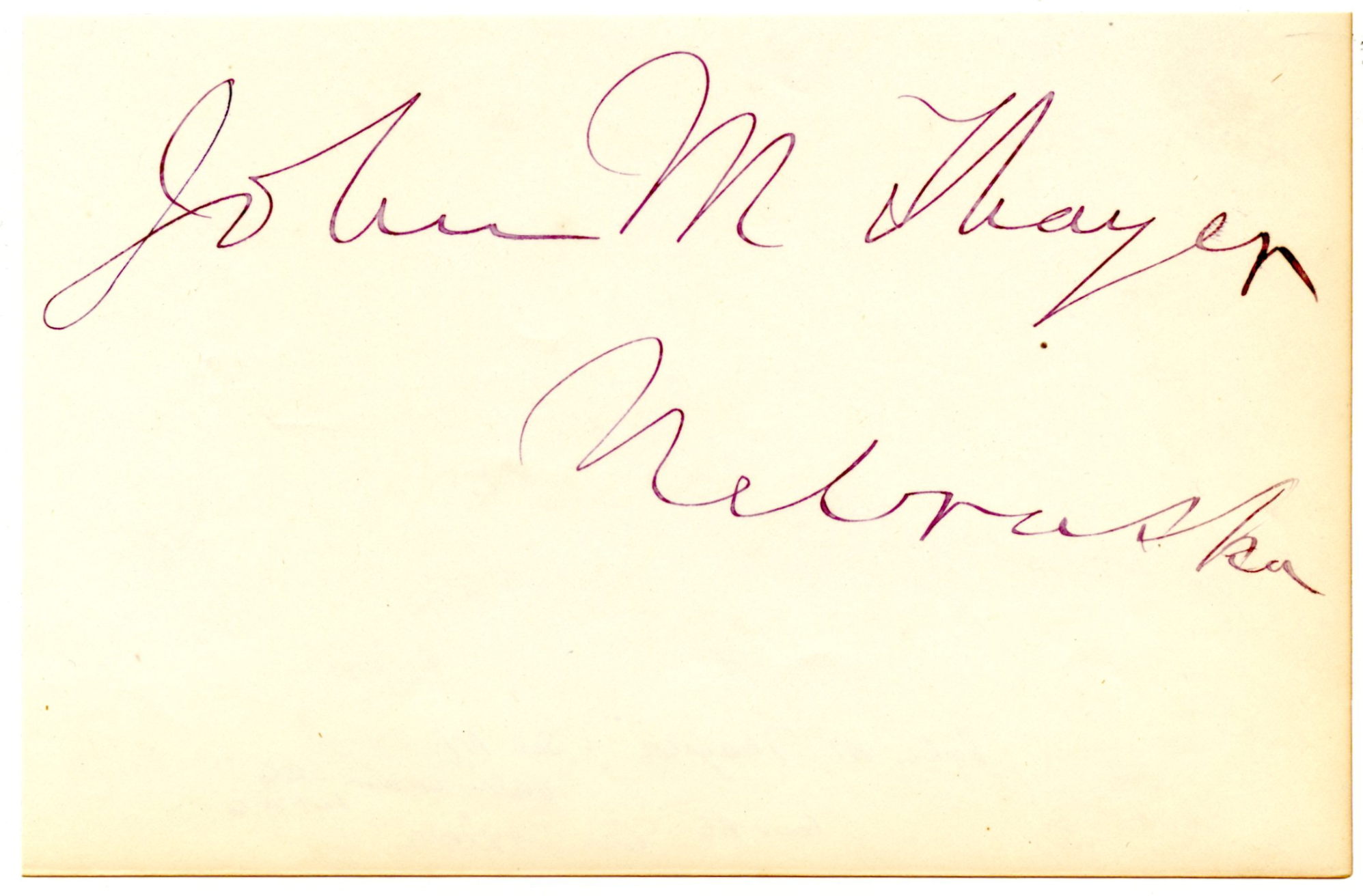
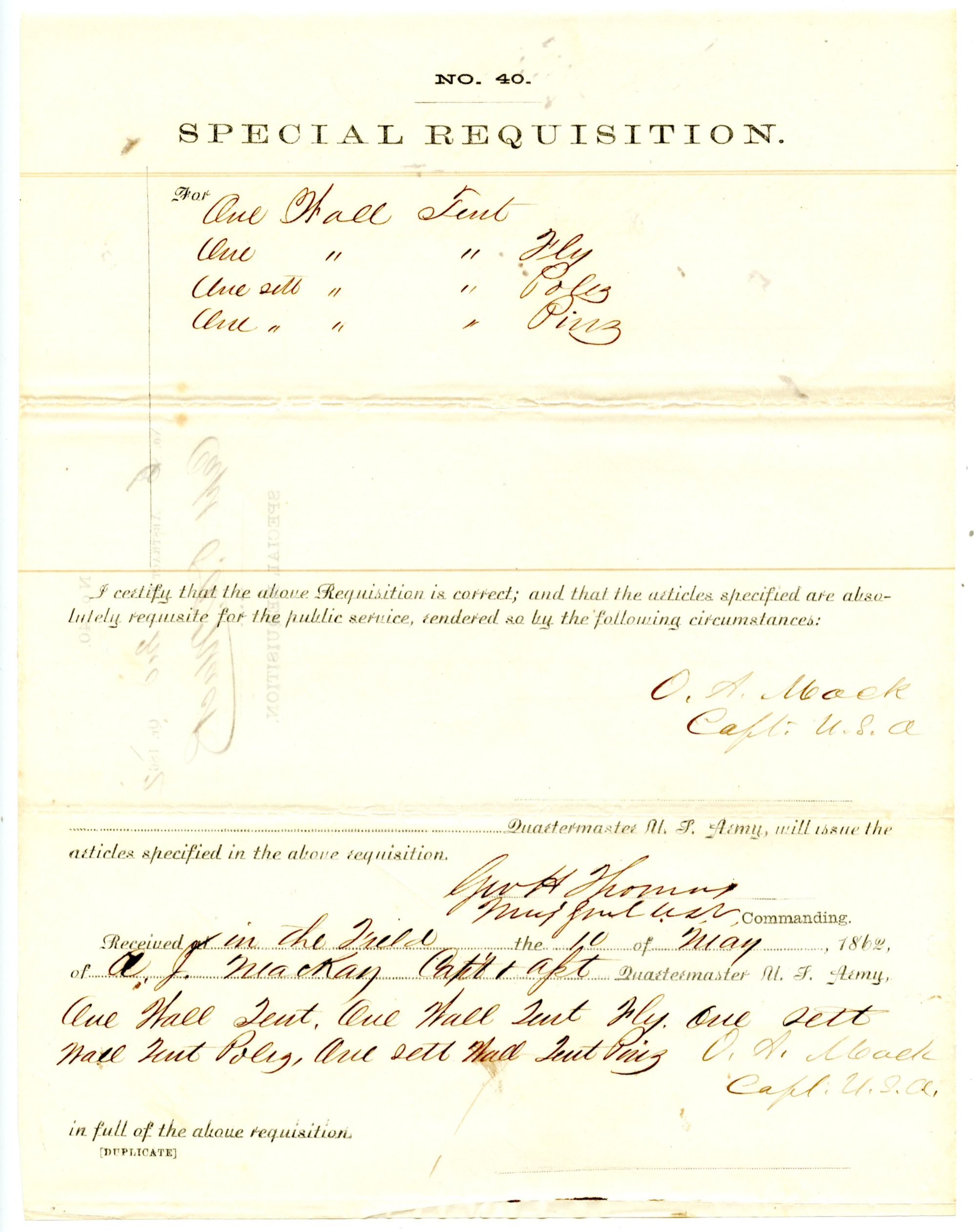

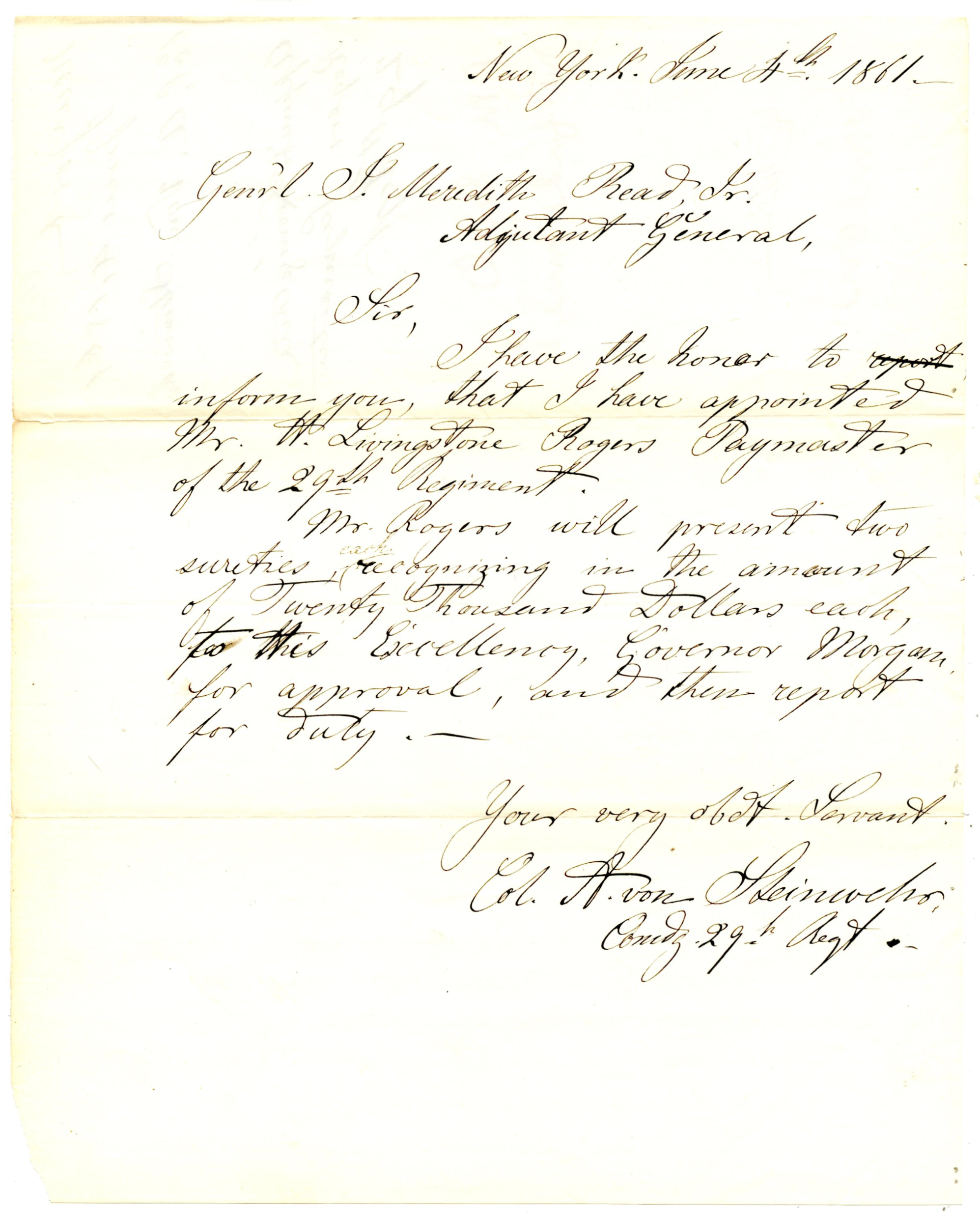
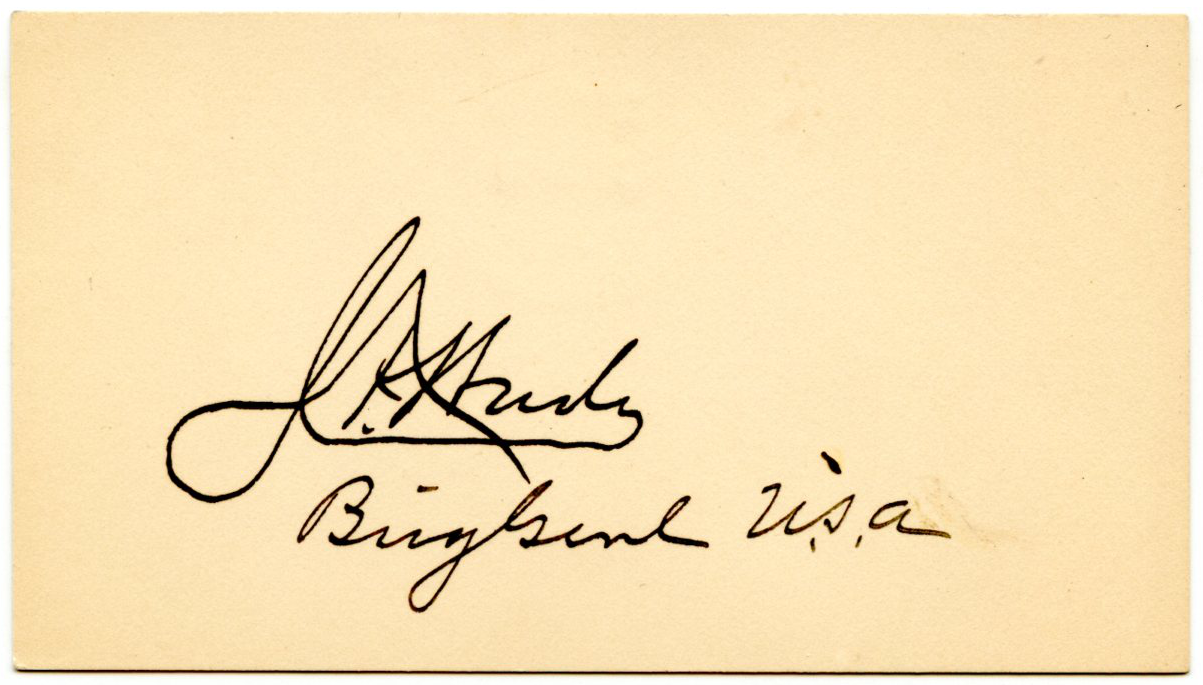

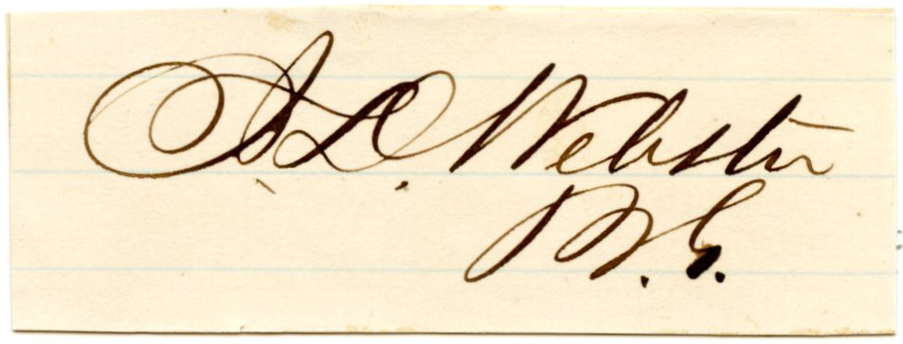
 9168-1999.png)
 9168-1999.png)
-1796.png)
-1806.png)
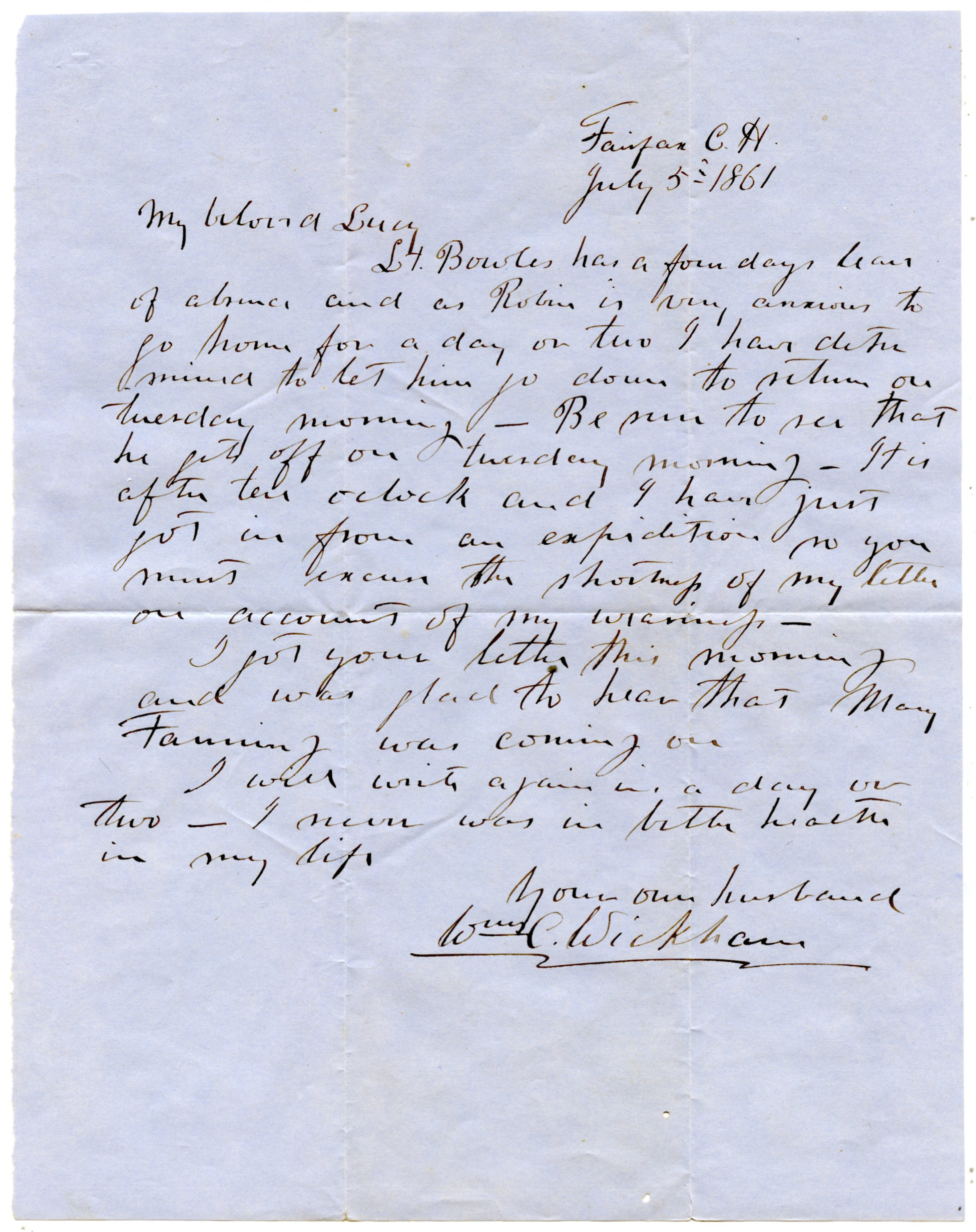
-1266.png)
-1265.png)
